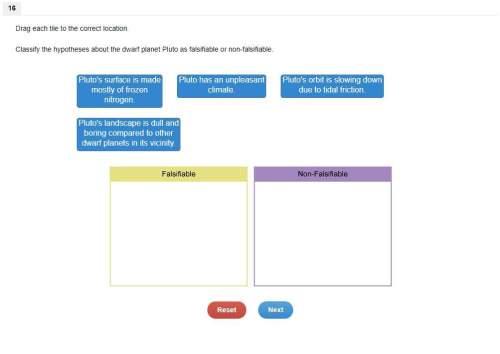
Physics, 14.09.2021 14:00 joThompson
During inhalation, a person’s diaphragm and intercostal muscles contract, expanding the chest cavity and lowering the internal air pressure below ambient so that air flows in through the mouth and nose to the lungs. Suppose a person’s lungs hold 1 250 mL of air at a pressure of 1.00 atm. If the person expands the chest cavity by 525 mL while keeping the nose and mouth closed so that no air is inhaled, what will be the air pressure in the lungs in atm? Assume the air temperature remains constant.

Answers: 3


Other questions on the subject: Physics

Physics, 21.06.2019 18:30, Rusven
An experiment is designed to test the relationship between the initial height of a basketball before it is dropped to the height of its rebound bounce. the height of the rebound bounce is measured using a scale positioned behind the ball. in the above experiment, which condition would not be controlled? a). the starting height of the ballb). the surface the ball bounces on c). the type of ball d). the method to measure the rebound height of the ball
Answers: 1



Physics, 22.06.2019 04:30, Vanesssajohn6294
Which is not true about oxygen-17 and oxygen-18?
Answers: 1
You know the right answer?
During inhalation, a person’s diaphragm and intercostal muscles contract, expanding the chest cavity...
Questions in other subjects:


Health, 29.03.2020 05:52

Mathematics, 29.03.2020 05:53

Mathematics, 29.03.2020 05:53


Physics, 29.03.2020 05:53




Mathematics, 29.03.2020 05:53




